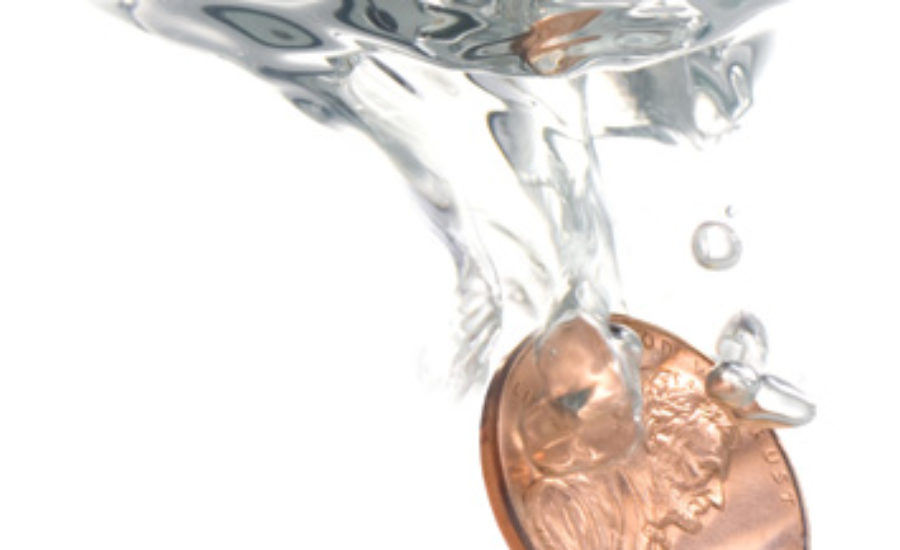The debt mistakes you’re probably making
You'll want to tackle the highest-interest debt first, then your tax-deductible dues.
Advertisement
You'll want to tackle the highest-interest debt first, then your tax-deductible dues.

Share this article Share on Facebook Share on Twitter Share on Linkedin Share on Reddit Share on Email
Hi Jonathan,
I used to read, learn and enjoy your articles in the Financial Post.
But the above comment about taking a loan to buy a investment property secured against your home I believe is not quite accurate.
Writing off interest depends on what the loan is being used for as mentioned above. If you take a loan using your home as collateral to buy an investment property- the interest is tax-deductible.
The reverse is also true if you take a loan out on an investment property and use the money for personal use(vacations, car) the interest from the loan is not tax deductible.
You couldn’t find a picture of a Canadian penny???